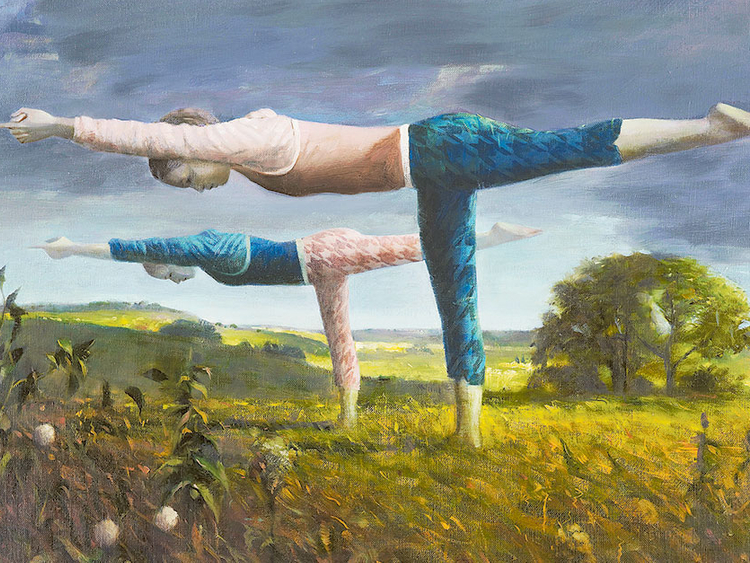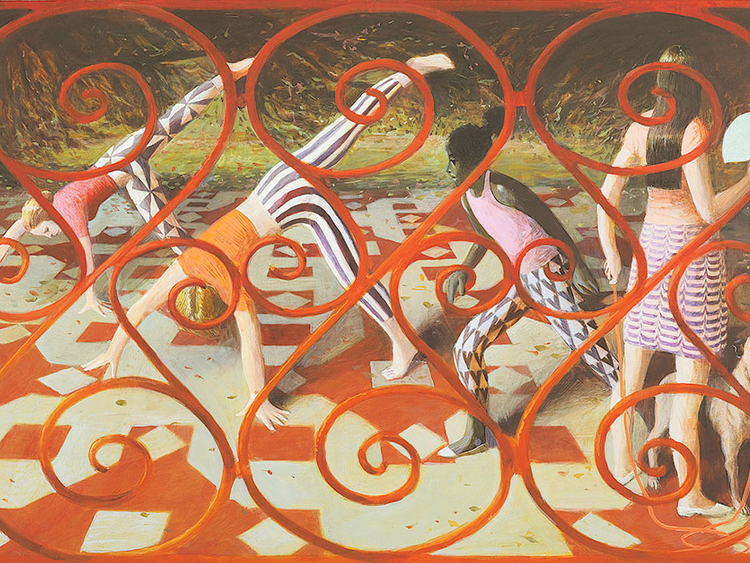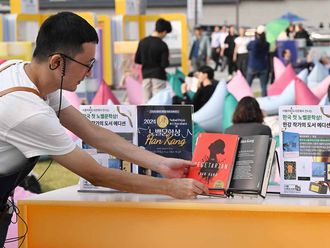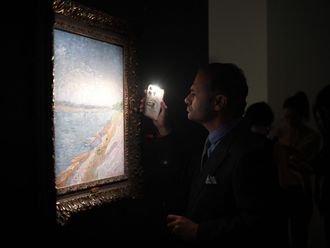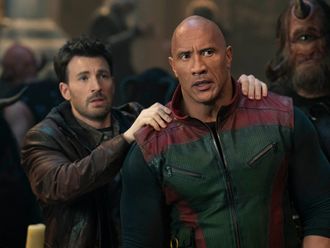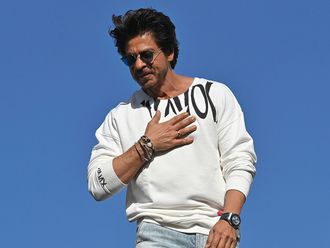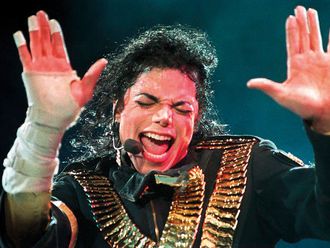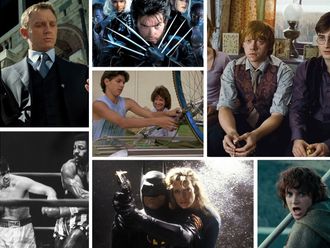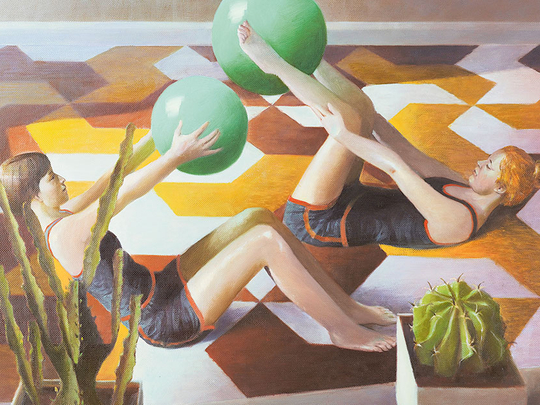
The paintings in British artist Benjamin Senior’s first solo show in the region, “Enclosure”, feature people exercising in parks or hiking in the countryside. Although his subject is contemporary, his style is classical. The people in his oil and egg tempera paintings are engaged in outdoor activities, yet they seem to inhabit an enclosed, structured world.
In the parks, they appear behind wrought iron grills that dominate the foreground of the paintings. The artist has highlighted the geometric shapes the bodies assume as they bend and stretch; and skilfully blended the lines and forms of the figures, the patterns on their clothes, and the equipment they are using with the designs of the grills, the patterns of the tiles in the park and the shapes of the park benches.
Although the grills are missing in the paintings of the countryside, the feeling of being enclosed remains due to the structured landscape, with crisply delineated fields and forests and missing sky; and once again the geometry is highlighted in the appearance and arrangement of the figures of the hikers.
Through this interplay of geometric forms and figures, the artist explores his ideas on representation, formalism and narrative. His compositions, brush strokes, and colour palettes reflect the repetition, balance and control in the exercise routines of his figures. And often the hula hoops they are using turn into colour wheels, speaking about the artist’s interest in experimenting with colour.
On another level, Senior’s carefully constructed scenes of urban and rural life subtly comment on the pressures and constraints that shape our lives.
We spoke to Senior about his favourite subject and his complex compositions. Excerpts.
Why does this subject appeal to you?
My interest in the subject is formal, and I look at it from the outside. I started painting people doing exercise because I like to paint human figures and geometric patterns. As I cycle through the park to my studio I see personal trainers and their strange circles of people doing unusual stretches and forming human architectural constructions in the effort to feel and look better. I find it interesting that the body becomes so geometric when doing exercise. This whole morning exercise routine is a part of contemporary life, everywhere in the world, but it is never seen in paintings in this kind of high art context. There is something natural about exercise, but something unnatural about the way I paint it. I want the strangeness of something so familiar, and the extraordinariness of the ordinary to come across through this subject.
What is the purpose of the wrought iron grills in these paintings?
The grill allowed me to put the pattern in the foreground, and use it as a complex fragmenting device, which makes it difficult for the viewer to peer through. I am interested in the psychology and process behind the way our brain and eyes look at an image, analyse it and read it. I have made these paintings complex and difficult to deconstruct because I want viewers to feel aware of that process when they look at them. By putting the grills on top of the canvas, I have created ambiguity about whether they belong to my world or the world of these figures. The grills make the viewer feel as if they are kept out and not invited to look. I want to create work that viewers can connect with immediately, but on closer inspection everything is a bit mysterious and they feel they need time to investigate what is going on.
What is the idea behind merging the different patterns on the figures and around them?
This is a visual equivalent of polyrhythm in music where the patterns phase in and out of one another. I am layering patterns and seeing how they thread into one another, and the figures are also part of that. I think of these as being musical, rhythmic paintings.
Why is the grill missing in the landscapes?
These paintings were done after I spent some time outdoors, and I think even viewers will heave a sigh of relief in this section because the grills have come off and they can look into the distance at these open spaces. The two sets of paintings reflect the difference in the experience of the country and the city. Although those are parks, there is still that feeling of being closed in. But despite the shift in location, the bodies are still formalised and the forms geometric. The landscapes are softer and more organic, but still highlighting the geometric shapes. And instead of the interweaving patterns, I have forced a connection between the hikers and their activity of reading the map by making the landscape look like an unfolding map. The horizon at the edge of these paintings creates the same sense of enclosure as the wrought iron grills. The canvases reflect the rhythms of life in the city and the countryside and the pressures that force us into particular ways of behaving, moving and living.
What does the title “Enclosure” refer to?
It refers to my world which I have created in these paintings. All the paintings have the same grammar — whether it is a scene in a park or a rural landscape or even commuters on the metro, they are still a part of the same world; and that is what I think of as being my enclosure, which is inspired by the real world but also separate from it. I hope these paintings will make viewers look at their own world differently.
Jyoti Kalsi is an arts enthusiast based in Dubai.
Enclosure will run at Grey Noise, Al Quoz until February 21.



